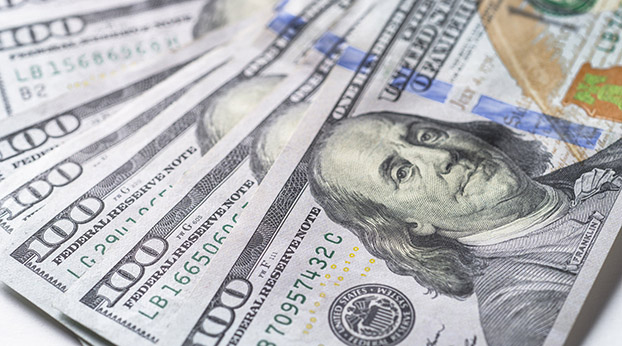When you get cheap eggs, chickens pay the price
Published 9:57 pm Tuesday, March 27, 2018
By Amanda Wheeler
Going Green in the Bluegrass
With warmer temperatures and spring flowers popping up, it really does feel like Easter is on its way. It will be here very soon and I’ve got some ways to make sure that your Easter is filled with lots of fun that is also environmentally friendly.
One of my favorite family traditions around Easter is to dye eggs. My family has dyed eggs for as long as I can remember and even now that I’m grown, I still love to do it. As I’ve gotten older though, I’ve realized some important facts about the environmental impacts of my actions.
Instead of purchasing cheap eggs from the grocery store, I buy my eggs from a local farmer(thanks, Abigail!). I have realized that cheap eggs may be easy on my wallet but they still comes at a pretty awful price.
The chickens who lay cheap eggs are living in terrible conditions. I’m sure most of you have heard about the horrible living conditions of chickens who lay eggs for big commercial companies. But in case you haven’t, chickens live in spaces that are more like factories than farms. They are given little to no space to move — they often don’t have enough space to spread their wings.
When you see a really cheap price for a dozen eggs, it’s important to think about why those eggs are so cheap. Whatever you’re not paying for your eggs is essentially being paid for by the chickens instead.
That is why I’ve started buying all of my eggs from a local farmer because I know that these chickens are treated well, have space to roam and stretch their wings. Plus, they taste better and weren’t shipped across the country using fossil fuels.
When it comes to the actual dye for the eggs, there are really cool natural alternatives as well. Spinach, paprika, beets, carrots, avocados, grape juice, onions, coffee and more common kitchen ingredients can be used to create homemade dyes, often by boiling in water and then adding white vinegar. You can find a bunch of cool homemade dye recipes from Better Homes and Gardens here: bhg.com/holidays/easter/eggs/natural-easter-egg-dyes.
A really cool way to decorate your eggs with your natural dyes is by using whipped cream to give your eggs a classy marbled look.
Create a bed of whipped cream, then decorate it with your dyes. Next, roll your eggs through the dyed whipped cream. This will create a swirled mix of colors on your eggs once they dry. After they are dry you can gently clean off excess whipped cream. Using whipped cream means that your eggs are still safe to eat. Make sure you only dye as many eggs as you are going to eat,because food waste is one of the biggest contributors to greenhouse gases.
If you get stumped on ways to use your eggs Delish has a list of 26 different ways to use hard boiled eggs: http://bit.ly/2HLqoIn. Two of my favorites are the cobb salad, because it’s a classic and pretty easy to do, and the avocado egg salad because I love anything with avocado and it’s cream and delicious.
Amanda’s animal fact of the week
There are about 25 billion chickens in the world, which means they are the most abundant bird in the world.





